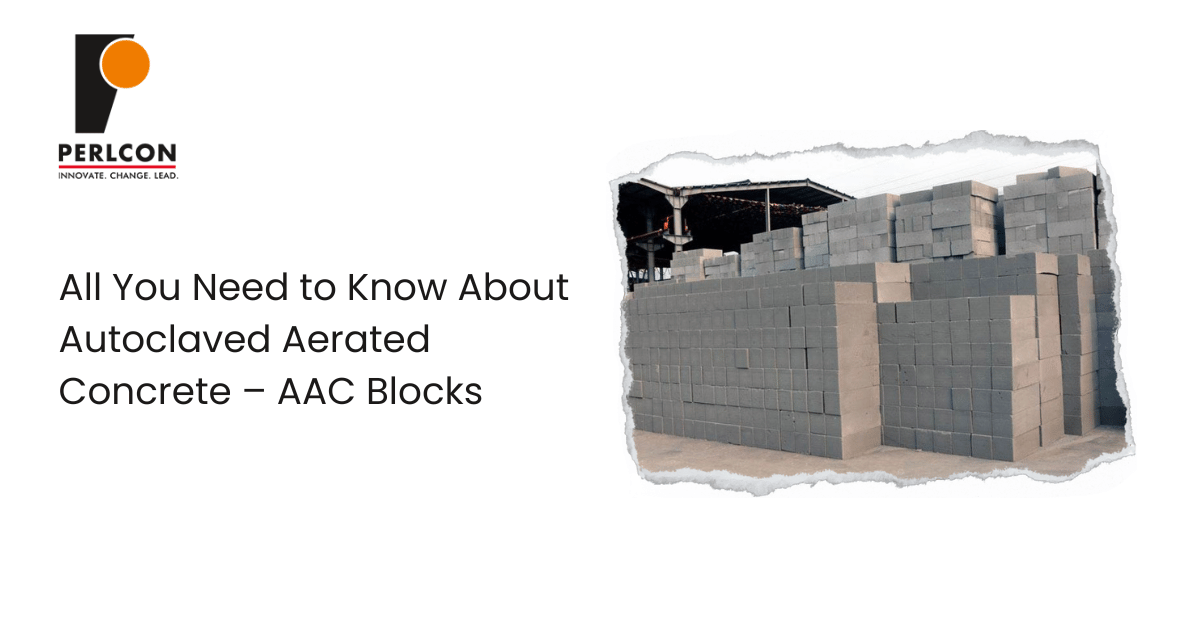Tiling is more than just placing tiles on the surface. To keep those tiles where they are placed, look better for the long term, and not come loose after months, the choice of the right adhesive is most imperative. Whereas cement mortar has long been the most thought-out solution for most, the development of tile adhesive chemical cures has changed the game, all for the good, offering smarter, neater, and more predictable results for modern needs.
Key Differences Between Tile Adhesive and Cement
Breaking Down the Basics
Let us start from what they are made of. Traditional cement mortar is as basic as a mixture of cement, water, and sand. It sets by gradually reacting chemically with water to give a hard bond. Even though put to use centuries ago, the method tends to give a weaker bond, mostly on smoother substrates.
Next are the tile adhesive chemical products. These are specially designed formulations that usually consist of cement, polymer additives, and fillers. These added polymers enhance flexibility, water resistance, and bonding. What’s more, these adhesives are specially designed for unique tiles and substrates, offering an even more customised solution.
Why Chemical for Tile Adhesive Makes Life Easier
That is why there is an increased preference for tile adhesive among experts. It is due to:
- Firm grasp: They have better holding power, even on slippery or non-porous surfaces.
- Faster installation: There is no pre-soaking of tiles needed, and setting times are much shorter.
- Lightweight: A Thinner, even layer imposes less load on the building.
- Waterproofing: Best for kitchens, bathrooms, balconies, and wet sections of the house.
The Limitations of Cement Mortar
- Weaker bonds: Especially on large-format or vitrified tiles.
- Time-consuming: It takes days to set and typically needs pre-soaking.
- Chaotic mixing: Rough hand mixing can deteriorate the finish.
- Not very good for modern tiles: It does not stick very well to modern tile surfaces.
Works on All Floors
Tile adhesive chemicals are very useful. You can use them for either floor or wall fixing, regardless of whether you’re working on ceramic, vitrified, or even mosaics of glass, or natural stone. You can also use them on various substrate surfaces like concrete, cement board, or even plaster of gypsum, and that can either be wet or dry.
Final Thoughts
Where traditional cement can still have its place on simple tiling projects, tile adhesive chemical most certainly holds its own where hardness, adhesion, and usability are the factors involved. To achieve a long-lasting, trouble-free, and efficient tiling project, spending on the right adhesive is an investment that is worth making.


